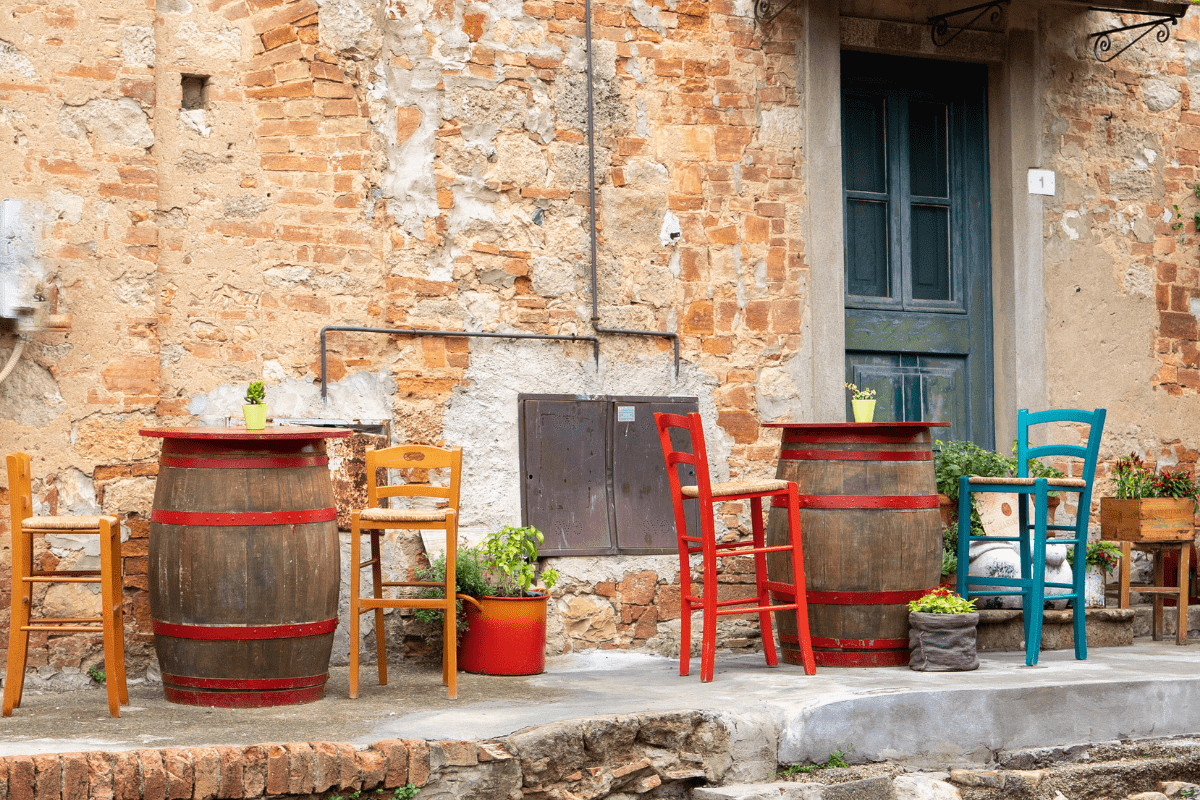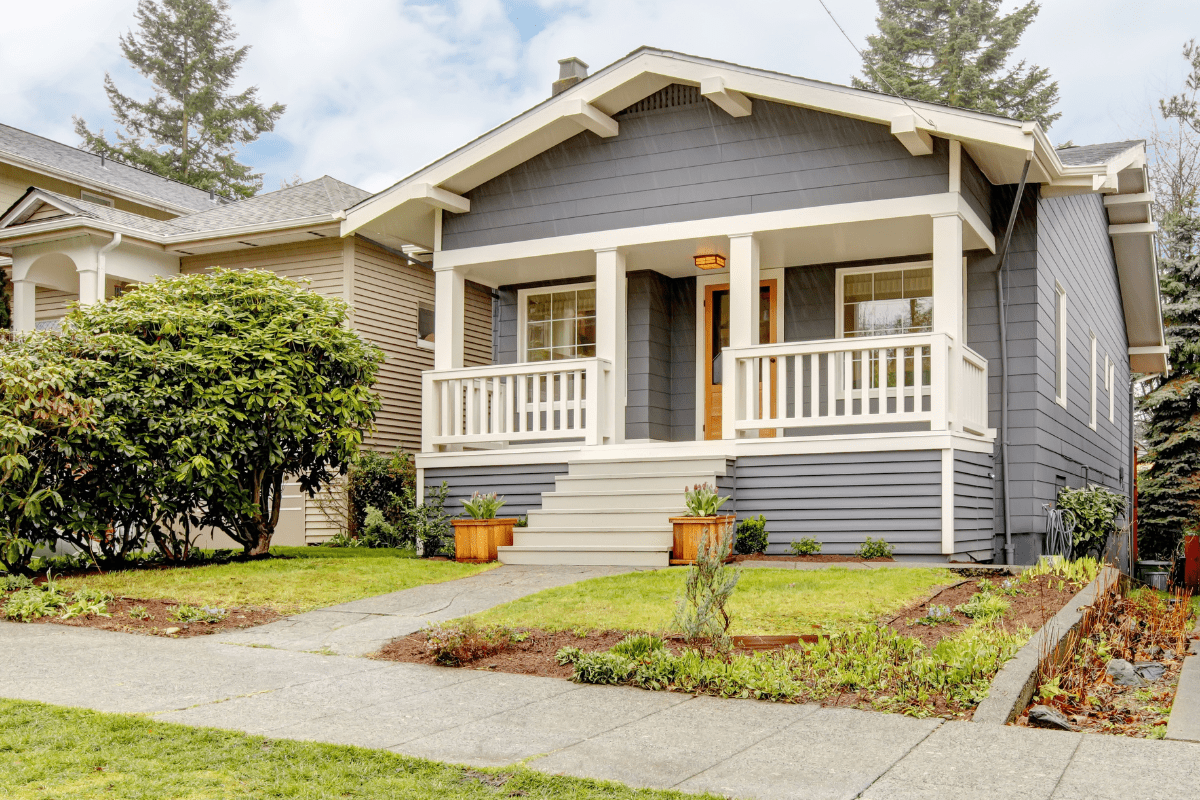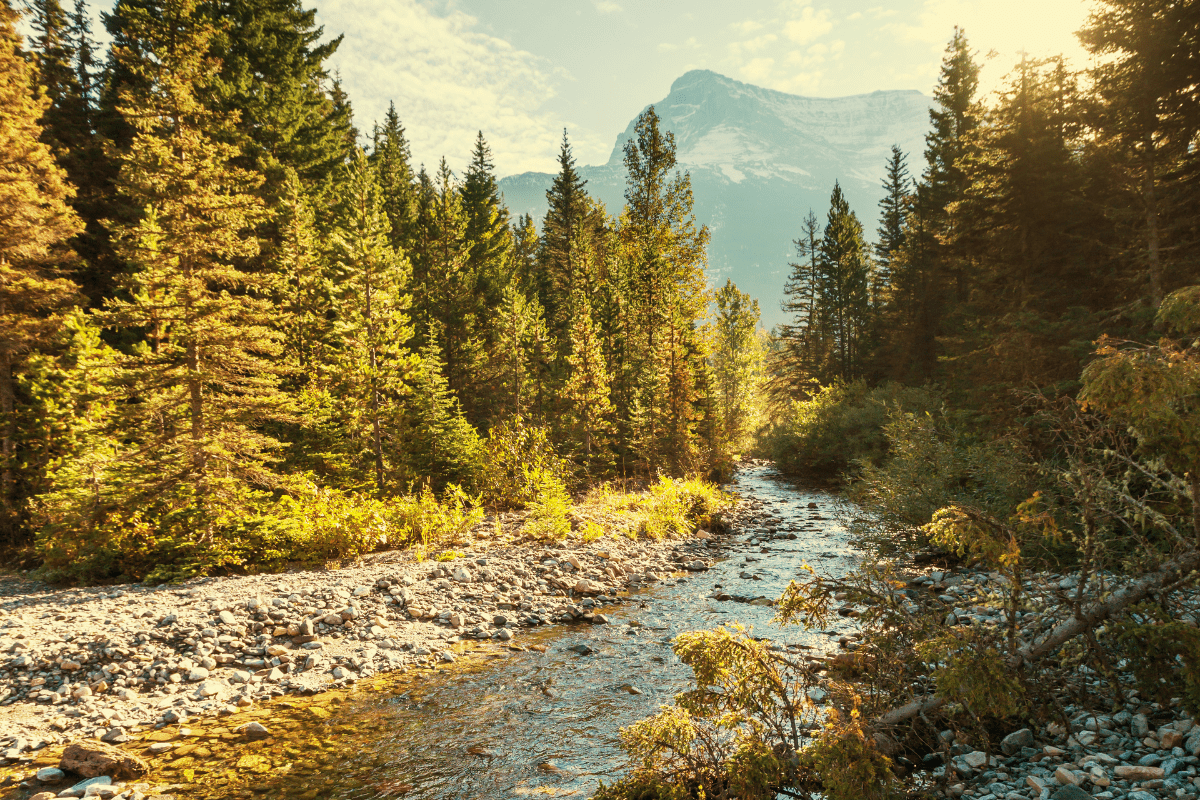Step inside Montana's oldest restaurants and you'll find more than just a meal. You'll discover establishments that have survived everything from Prohibition bootleggers to pandemic shutdowns, places where the same family recipes have satisfied hungry miners, ranchers, and tourists for over a century.
The great Montana restaurant rivalry
Montana can't quite agree on which restaurant holds the title of "oldest," and honestly, the debate itself tells you everything you need to know about the state's character. The Old Saloon in Emigrant stakes its claim at 1902, making it the oldest continuously operating restaurant in the state. But wait… the folks in Butte will quickly point out that their Pekin Noodle Parlor has been serving Chinese food since 1911, making it the oldest Chinese restaurant in America.
Both have compelling stories. The Old Saloon served as a halfway point for Northern Pacific Railroad passengers heading to Yellowstone, while the Pekin represents the last surviving building from Butte's original Chinatown. Maybe we should just call it a tie and grab a beer at one and noodles at the other.
Speaking of beer, Virginia City's Bale of Hay Saloon throws its hat in the ring too, claiming to be Montana's oldest watering hole since 1869. During the gold rush, Virginia City had 73 licensed liquor dealers… which seems like a lot until you realize the town's population was mostly miners who'd just struck it rich (or were drowning their sorrows about not striking it rich).
When trains brought fancy dining to the frontier
The transformation of Montana's dining scene really kicked off when the railroads arrived. First came the Utah and Northern in 1880, followed by the Northern Pacific in 1883, and the Great Northern in the 1890s. These weren't just bringing supplies and settlers; they were creating a whole new market for sophisticated dining establishments.
The crown jewel of railroad hospitality
Take the Grand Union Hotel in Fort Benton, which opened on November 2, 1882, with what newspapers called "the biggest party Montana had ever seen." The owners spent $50,000 building it and another $150,000 on furnishings… in 1882 money. That's like spending your tech startup exit money on a restaurant today.
The three-story brick building proclaimed itself "the finest hotel between St. Louis and Seattle," and they weren't exactly wrong. It featured separate staircases for ladies (because heaven forbid they walk past a saloon), handsome black walnut furnishings, and a secret lookout room where guards watched over gold shipments arriving by Missouri River steamboat. Today you can still dine there, though the secret gold room is disappointingly no longer secret.
The Old Saloon's story captures the romance of the railroad era perfectly. Its prized possession, an ornate back bar, was shipped by steamboat up the Missouri River from St. Louis. This journey took months and cost more than most buildings of the era. After a fire destroyed the original building in 1907, owner Abe Armstrong rebuilt around this same bar, which still serves drinks today. Their slogan, "Serving outlaws & cowgirls since 1902," pretty much nails the vibe.
Mining towns and melting pots
While the railroads were connecting Montana to the wider world, the mining industry was creating the most unexpectedly diverse dining scene in the American West. Butte, the "Richest Hill on Earth," grew to over 100,000 residents at its peak, making it one of the largest cities west of the Mississippi. And all those miners from Ireland, Italy, China, Finland, and dozens of other countries? They brought their grandmothers' recipes with them.
The Pekin Noodle Parlor stands as the last surviving property from Butte's original Chinatown, which once housed over 2,000 Chinese residents. Founded by Hum Yow and Tam Kwong Yee in 1911, the restaurant occupies the second floor of a 1909 building. Its 17 private dining rooms, separated by salmon-orange beadboard partitions with privacy curtains, once offered discretion to what historical accounts delicately describe as "miners, theater-goers, and wealthy citizens."
Today, Jerry Tam represents the fifth generation of family ownership. The dining tables and chairs date to 1916, and the menu still features the wet noodles (yaka mein) and chop suey that sustained generations of miners. In 2023, the James Beard Foundation recognized the Pekin as an "American Classic," which feels about 112 years overdue.
As Bill Baskin, culinary instructor at Montana State University, puts it: "The defining feature of Montana's food is its rich abundance and communal consumption." This might sound like academic speak, but spend an evening in any of these old establishments and you'll see what he means… strangers become friends over shared appetizers, and everyone's got a story about their grandfather drinking here.
Prohibition's creative solutions
Montana went dry in 1918, two years before the rest of the country, which tells you something about either our moral fortitude or our tendency to jump the gun. Either way, our historic restaurants got creative fast.
The M&M Bar & Cafe in Butte, founded in 1890, officially became the M&M Cigar Store during Prohibition. But as historical accounts note, cigars sold in front "discreetly cloaked the speakeasy in the back room." The Montana Club in Helena maintained private liquor lockers for its millionaire members, while Butte's extensive tunnel system, originally built by the Chinese community, provided discrete pathways for bootleggers.
Some establishments found even more creative solutions:
- The Rookwood Speakeasy operated 25 feet underground
- Terrazzo floors and stained glass created atmosphere
- Some bars became "cigar stores" overnight
- Others served "near beer" with mysterious kick
- Churches suddenly had many new "members"
The Old Saloon took a different approach… they just closed from 1920 to 1962. Abe Armstrong's son Elmer finally reopened it, presumably when he figured the coast was clear.
Surviving the Depression with $0.50 specials
The Great Depression hit Montana hard, but restaurants with deep community roots found ways to survive. They simplified menus, offered all-you-can-eat specials for 50 to 60 cents, and sometimes accepted produce, labor, or goods instead of cash.
The Double Front Cafe in Missoula, which opened in 1909 and got its name from having two front doors (creative naming wasn't their strong suit), survived by maintaining relationships with local suppliers and customers. When the Herndon family purchased it in 1961, they kept the original 1935 fried chicken recipe. That's the thing about Montana… we don't fix what isn't broken, especially if it's fried.
Borrie's Supper Club in Black Eagle, founded in 1938 by Emilio "Borrie" Grasseschi, built its reputation on unchanging family recipes. Now in its fourth generation of Grasseschi family ownership, both the staff and customers often span multiple generations of the same families. It's like a multi-generational family reunion, except everyone's actually happy to be there.
World War II and the great coffee shortage
World War II brought new challenges with severe rationing. Restaurants could serve only one cup of coffee per customer with no refills, which in Montana is basically a human rights violation. They got one teaspoon of sugar per person and no milk by the glass. Meat became so scarce that restaurants developed "meatless Tuesday" menus featuring organ meats, which… let's just say didn't catch on permanently.
The Montana Bar in Miles City, founded in 1908, adapted by growing victory gardens and organizing scrap drives. Its location in Miles City, a major cattle shipping center, provided some advantages in securing beef, though even this cattle capital faced shortages. The restaurant's interior still features original Italian tile flooring and glass partitions, including one with a bullet hole from an "accidental discharge." Sure, accidental.
The post-war boom and bust
The 600 Cafe in Miles City opened in 1946 just as rationing ended, perfect timing for the post-war boom. For 78 years, the Grenz family hand-cut steaks and made everything from scratch, from gravies to caramel rolls. Butch Grenz even returned to work within a week of knee replacement surgery to continue cutting meat, because that's just what you do.
Sadly, the 600 Cafe closed on December 20, 2023. Butch and Gloria Grenz, both 68, cited staffing difficulties and exhaustion. "One of the few 'original' cafes in Eastern Montana," as they called themselves, couldn't find workers willing to match their dedication to from-scratch cooking. It's a familiar story these days.
Modern challenges, timeless appeal
The COVID-19 pandemic forced temporary closures reminiscent of Prohibition, while current staffing shortages echo World War II's labor challenges. Matt's Place in Butte, Montana's oldest drive-in with nine decades of history, closed in 2021 due to pandemic impacts. These aren't just restaurants closing; they're pieces of history disappearing.
Yet remarkable survivors persist. The M&M Bar & Cafe lost its original building to fire in May 2021 but immediately reopened next door, maintaining its 24-hour schedule. For over 100 years, this place never closed, with each new owner "ceremoniously and publicly disposing of the keys." The menu still features the "Miner's Omelet" for $11.55 (three eggs with sliced sirloin, roasted red pepper, onions, hashbrowns, and American cheese) alongside the "Copper King of Clubs" sandwich.
Jerry Tam at the Pekin Noodle Parlor recently received a $40,000 preservation grant from American Express and the National Trust for Historic Preservation. Despite rising costs and workforce challenges, he maintains his family's 113-year legacy. The restaurant was even featured on a TV show recently, though good luck getting anyone to agree on which one.
Where to find frontier hospitality today
Several of Montana's historic restaurants have successfully modernized while keeping their souls intact. The Murray Hotel in Livingston transformed from what one observer called a "flea bag operation" in the 1980s to an upscale destination favored by Paradise Valley's celebrity residents. The Fort Peck Hotel, built in the 1930s as part of America's largest New Deal project, still has most of its original furniture and ranks as one of the top dining spots in eastern Montana.
Planning your historic restaurant road trip
If you're planning to eat your way through Montana's history, here's what's still serving:
- The Old Saloon, Emigrant (1902)
- Pekin Noodle Parlor, Butte (1911)
- M&M Bar & Cafe, Butte (1890)
- Grand Union Hotel, Fort Benton (1882)
- Montana Bar, Miles City (1908)
- Bale of Hay Saloon, Virginia City (1869)
- Double Front Cafe, Missoula (1909)
- Borrie's Supper Club, Black Eagle (1938)
Each shares common traits: deep community roots, family commitment across generations, signature dishes that create loyalty, and buildings that embody local history. They've adapted to modern expectations while maintaining the authenticity that chain restaurants can't replicate.
The taste of time
Food historian Stella Fong, author of "Historic Restaurants of Billings," observes that "Food is a sign that communicates cultural habits, rituals, or other meaning. Montana's flavor has changed with time and influence." She also notes, "I have always looked at Montana as a place that ate modestly… Weather plays a big part in what is available to cook as our growing season is so short."
This connection to place and season, refined over more than a century, gives Montana's historic restaurants their enduring appeal. Bill Baskin adds, "Our geography rewards cooks who are not lazy. Whether that's dairy fermentation like cheese-making, culturing, or canning and brining, Montana has always been really good at food preservation."
These aren't just restaurants; they're time machines with liquor licenses. In an era of corporate homogenization and ghost kitchens, Montana's historic restaurants offer something increasingly rare: a genuine taste of place, seasoned by time and served with stories that span from the gold rush to your Instagram feed.
So next time you're in Montana, skip the chain restaurant off the interstate. Find one of these old places instead. Order something that's been on the menu since before your grandparents were born. Strike up a conversation with the person next to you at the bar. You might be sitting where a copper baron once made a deal, where a bootlegger once hid from the feds, or where generations of the same family have celebrated birthdays and mourned losses.
That's the thing about these places… they're still making history, one meal at a time.





